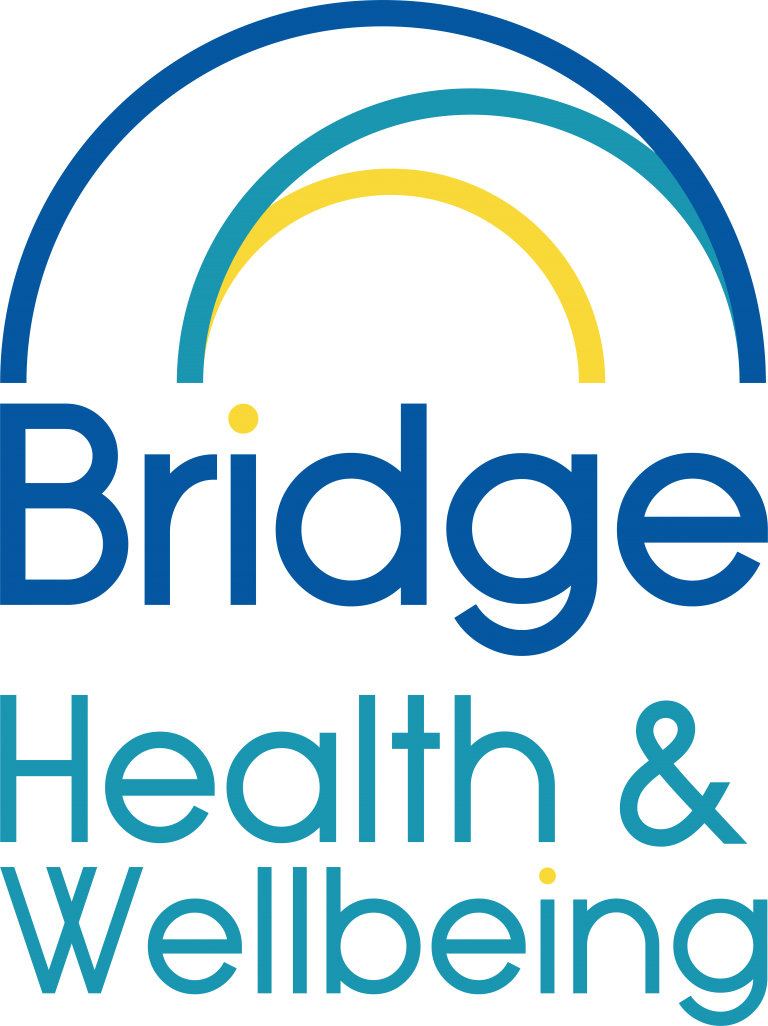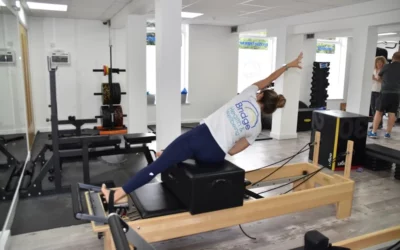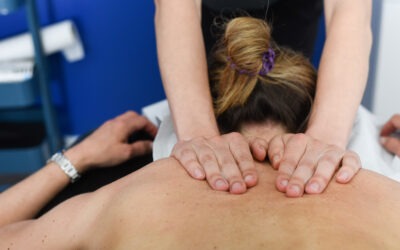
Our sports massage therapist Sam Sam Meehan-Vandike talks about what hypermobility syndrome is and how it can be treated.
“Joint hypermobility syndrome is when you have very flexible joints and it causes you pain. You may also think of yourself as being double-jointed.
Do you struggle with:
- Joint instability or pain?
- Frequent bruising / stretchmarks?
- Fatigue – get tired, even after rest?
- Reflux, nausea, constipation or hernias?
- Palpitations, tachycardia or dizziness?
- Bladder/Bowel dysfunction symptoms?
- Symptoms worse around menstruation?
- A history of/currently experiencing anxiety and/or depression?
- Family affected by hypermobility syndrome?
- Late developmental stages e.g. crawling, walking, etc?
Do you have:
- Excessive range of motion?
- Peizogenic papules?
- Unusually soft or velvety skin?
- Mild skin hyperextensibility?
- Unexplained striase such as striae distensae or rubrae?
- Atrophic scarring?
- Positive hypermobility Ehlers-Danlos syndromes (hEDS) or hypermobility spectrum disorder (HSD) criteria?
Hypermobility syndrome is usually diagnosed by your GP who will test the flexibility of your joints using the Beighton score. This includes specific tests such as bending your knee, elbow, thumb or backwards.
How can hypermobility syndrome be treated?
Unfortunately, there is no cure. Your GP may refer you to a physiotherapist, occupational therapist, or podiatrist for specialist advice. The main treatment is improving muscle strength and fitness so that your joints are better protected.
These physical therapies can help to:
- reduce your pain and the risk of dislocations
- improve your muscle strength and fitness
- improve your posture and balance
You may also respond well to:
- Proprioception training (Ferrel, 2004)
- Strength training (Keer and Simmonds, 2011)
- An increased return to activity timeline (Collinge and Simmonds,2009)
- Addressing postural imbalances (Keer and Simmonds, 2011)
- Motor control drills (Keer and Simmonds, 2011)
- Pain management education with commonly effective treatments like:
- Transverse Soft-Tissue Release – improved joint control
- Muscle Energy Technique -for proprioception and hypertonicity
- Positional Release – for hypertonicity and chronic pain
- (Bathen et al., 2013, Rahman, Daniel and Grahame, 2014)
If you suffer from hypermobility syndrome, we understand that you are more than just a bendy joint. We will work with you to treat you as a whole person, using a bespoke treatment plan to help alleviate your symptoms. Contact our team of experts today on 01202 473800 or email info@bridgehw.com.



